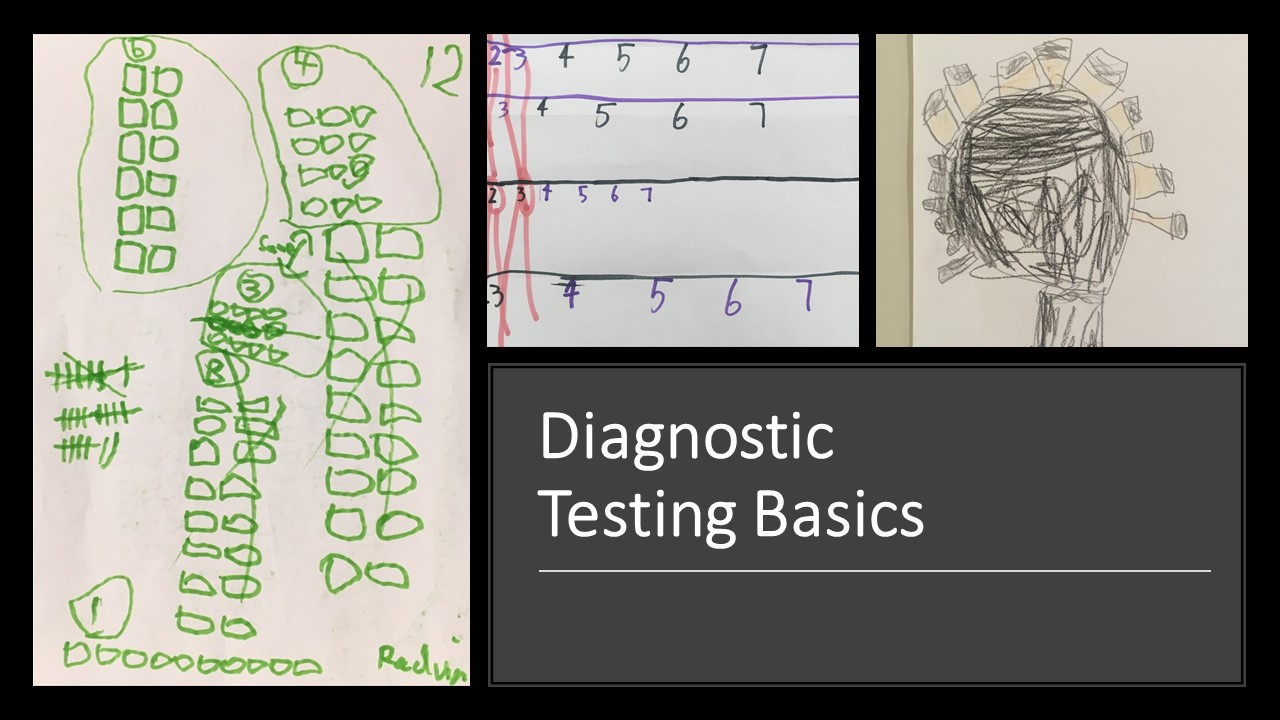
Formative assessment, developmental stages and starting the year well
The goal of formative assessment should always be to find out what each student NEEDS next, rather than focusing
One of the most difficult problems to overcome when establishing a problem-based classroom is encouraging risk-taking behaviour on the part of the students. Unless students are willing to try out an idea and risk being wrong, there will be very little progress. This article outlines some of the most common things that I do when implementing problem-based teaching for the first time to try and encourage risk taking.
It is important to discuss your expectations with students up-front so that they know what to expect. I always begin with a class discussion that goes something like the following…
“I want to do something a bit different with you in maths today. It will probably feel pretty weird to start with, but go with me, because I want to give you an experience of what maths is like once you finish school.
Often school maths tends to be focused on getting the right answers to questions that look pretty similar to ones that you have seen before, usually pretty quickly. That’s very different to maths outside of school. In the real world no one wants you to answer questions that they already have answers to. It’s not a job. We have computers for calculating.
What we need humans for is to figure out what calculations to to, or even what to try in the first place. We need people to find patterns and experiment with problems, then we program computers to do all the easy bits like adding up and multiplying.
So that means that today our maths lesson is going to be a bit different. We are going to try experimenting, rather than just calculating. That also means that we will have some different rules today.
At some point you will probably work it out. Remember that you still have to prove it, otherwise it doesn’t count, but at that point come and get a trickier one so that you can think again and score more points. When you get stuck, I’ll ask you some questions to help you to think it through.
And one more thing, I will definitely show you how to work it out, but that will probably happen tomorrow rather than today. I want you to have as long as possible thinking about it. Also, in the real world you don’t often get to the answer in one day – hard problems take time, and experimenting, and trying the wrong thing first, and working together. And maths today is going to be real.”
Many students see it as a total waste of time trying to work out something themselves instead of waiting for the teacher to show them how to do it. To combat this thinking, we need to help students think about maths as something other than the duality of right/wrong.
I find that playing a character helps to lighten the mood. As an example, I deliberately act-up having a wrong answer and challenge kids to prove me wrong.
They know I’m joking and playing around, but messing with it is a lot more fun and they are more willing to engage with a problem instead of waiting for me to solve it. They aren’t having to take the risk so much because I’ve already done it.


The goal of formative assessment should always be to find out what each student NEEDS next, rather than focusing
Recently I’ve been pondering findings from a major report into Australian schooling that kids who are struggling in maths by

Extension can be a tricky issue to deal with. While we can try to have extension questions for most in-class
by Tierney Kennedy Why is it that so much of education research goes seemingly unnoticed or ignored by teachers (Joram
As term 4 is upon us many teachers are struggling with how to get everything done. Realistically, now is the
You may have noticed that kids have a few issues with fractions… but it can be tricky to understand what

KENNEDY PRESS PTY LTD
FOR ALL ENQUIRIES, ORDERS AND TO ARRANGE PD:
© COPYRIGHT 2024 KENNEDY PRESS PTY LTD ALL RIGHTS RESERVED TERMS & CONDITIONS